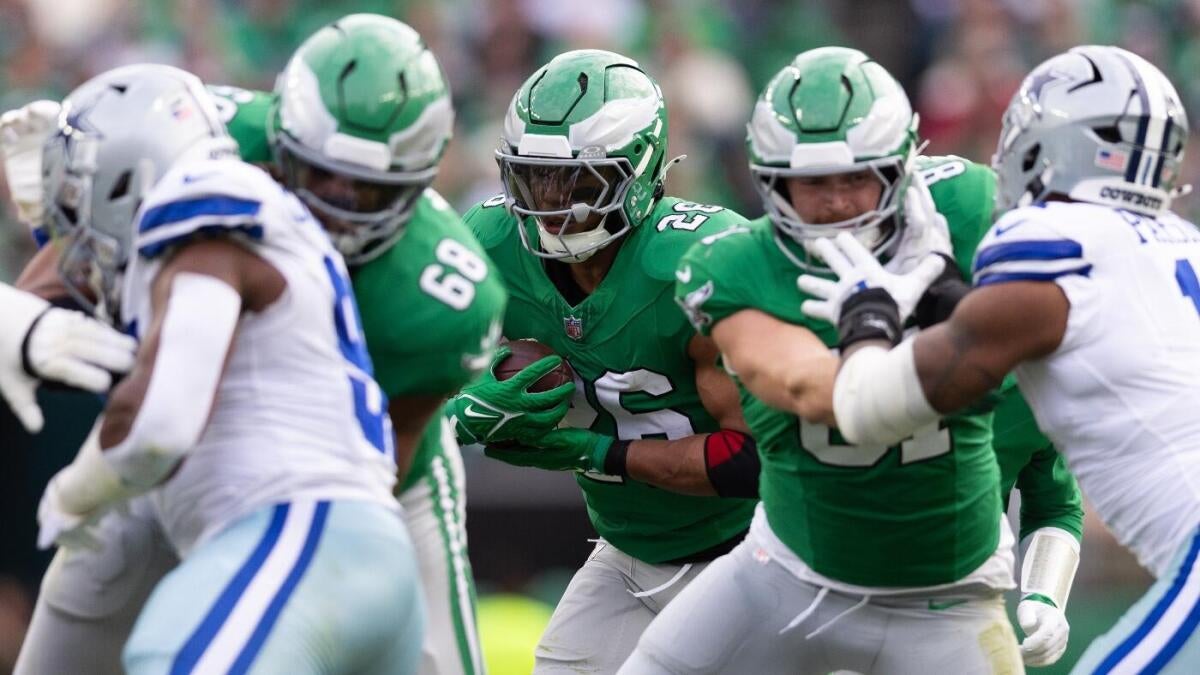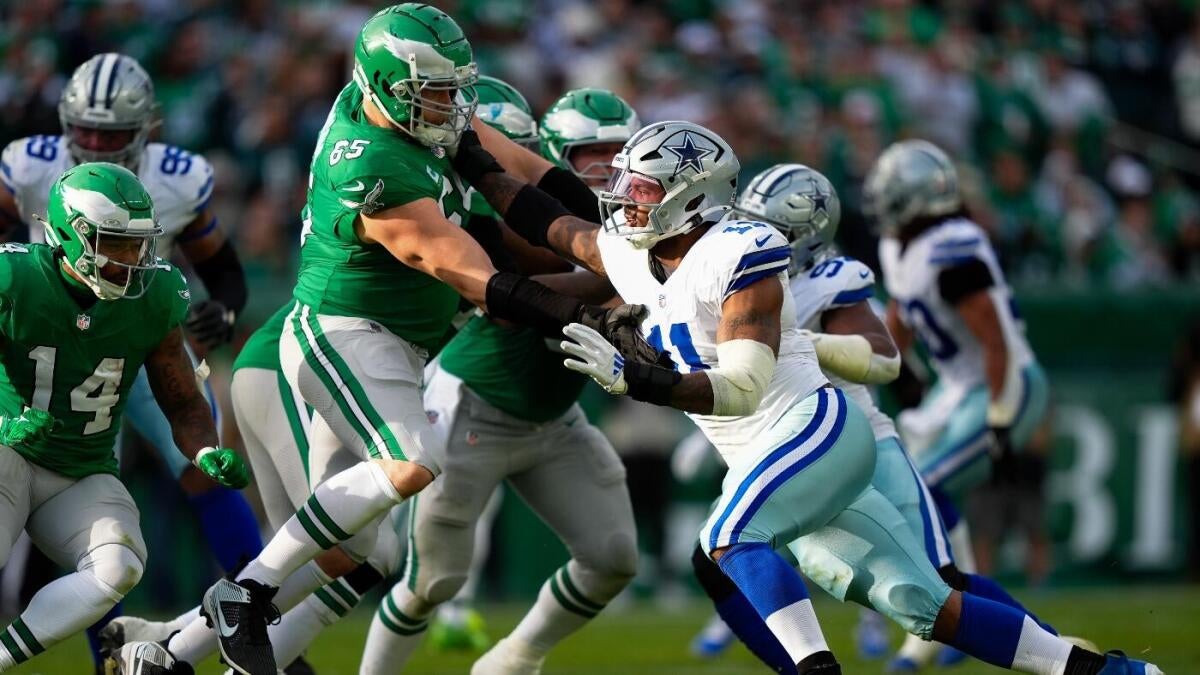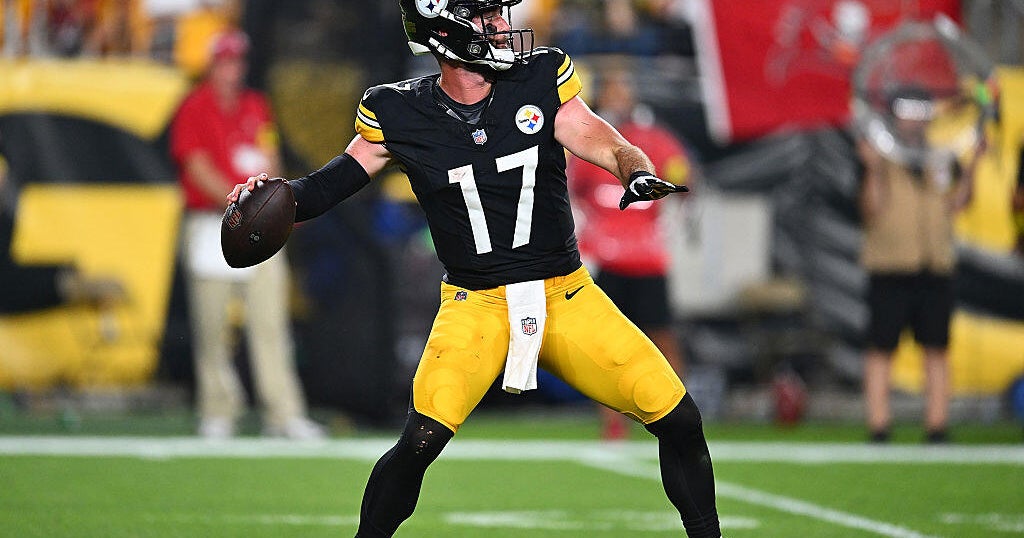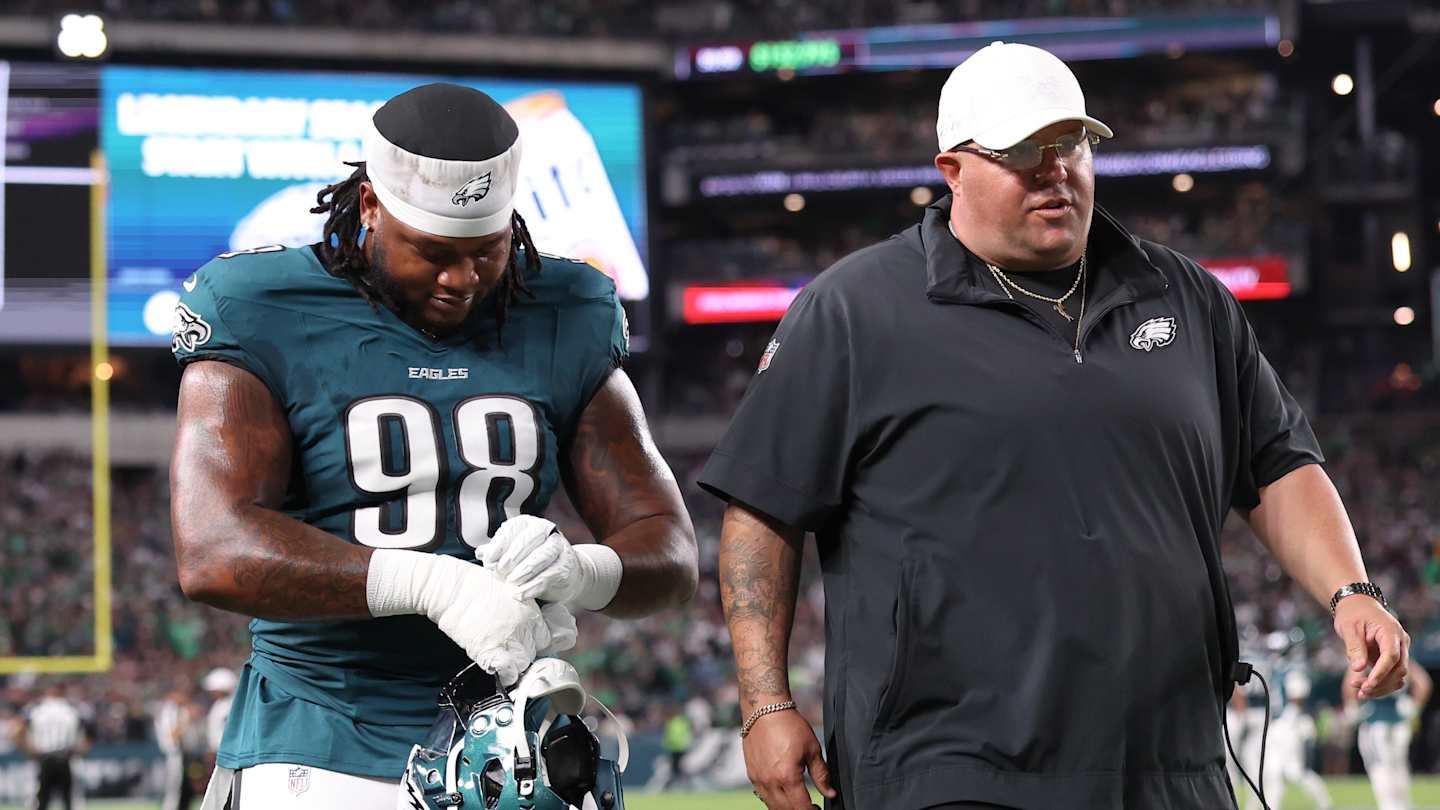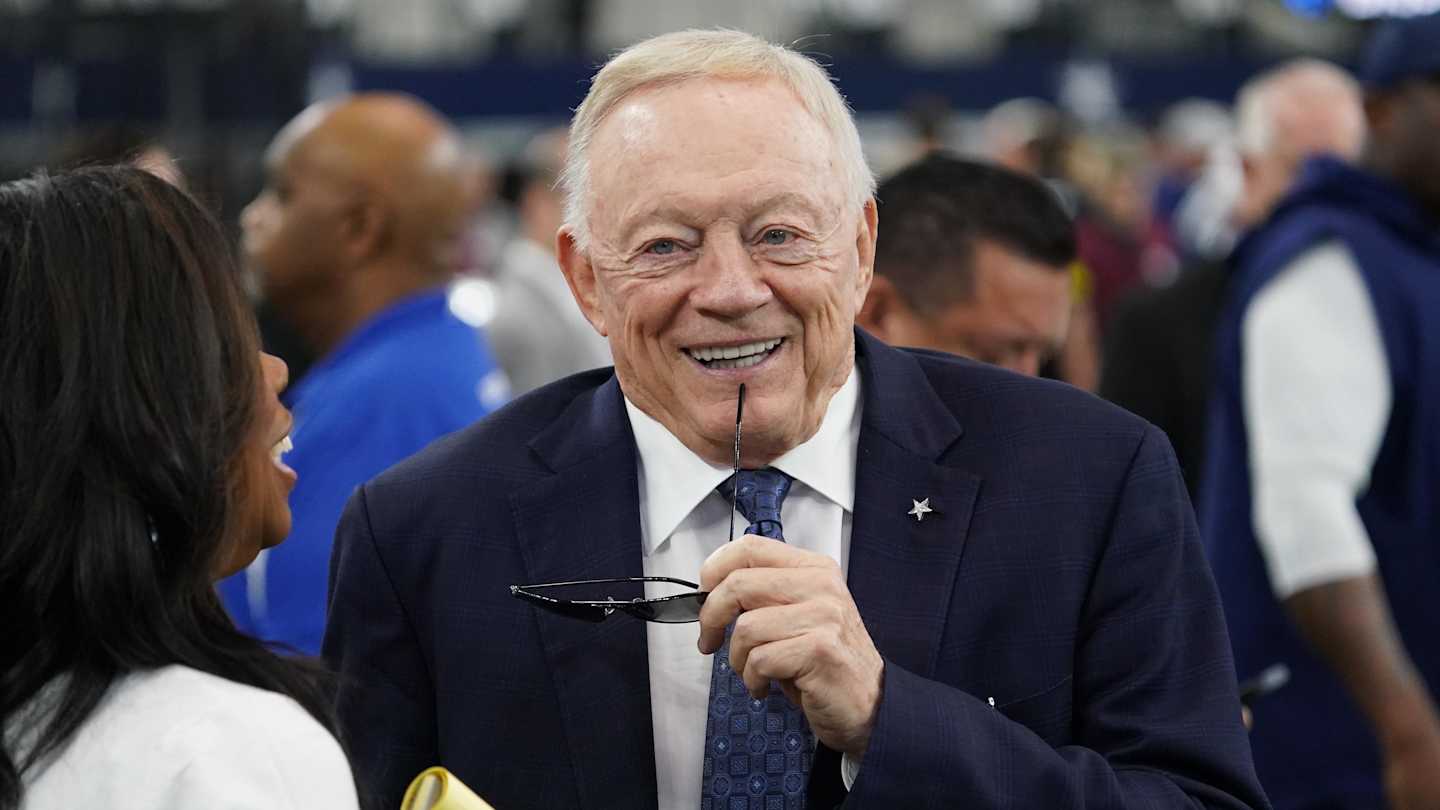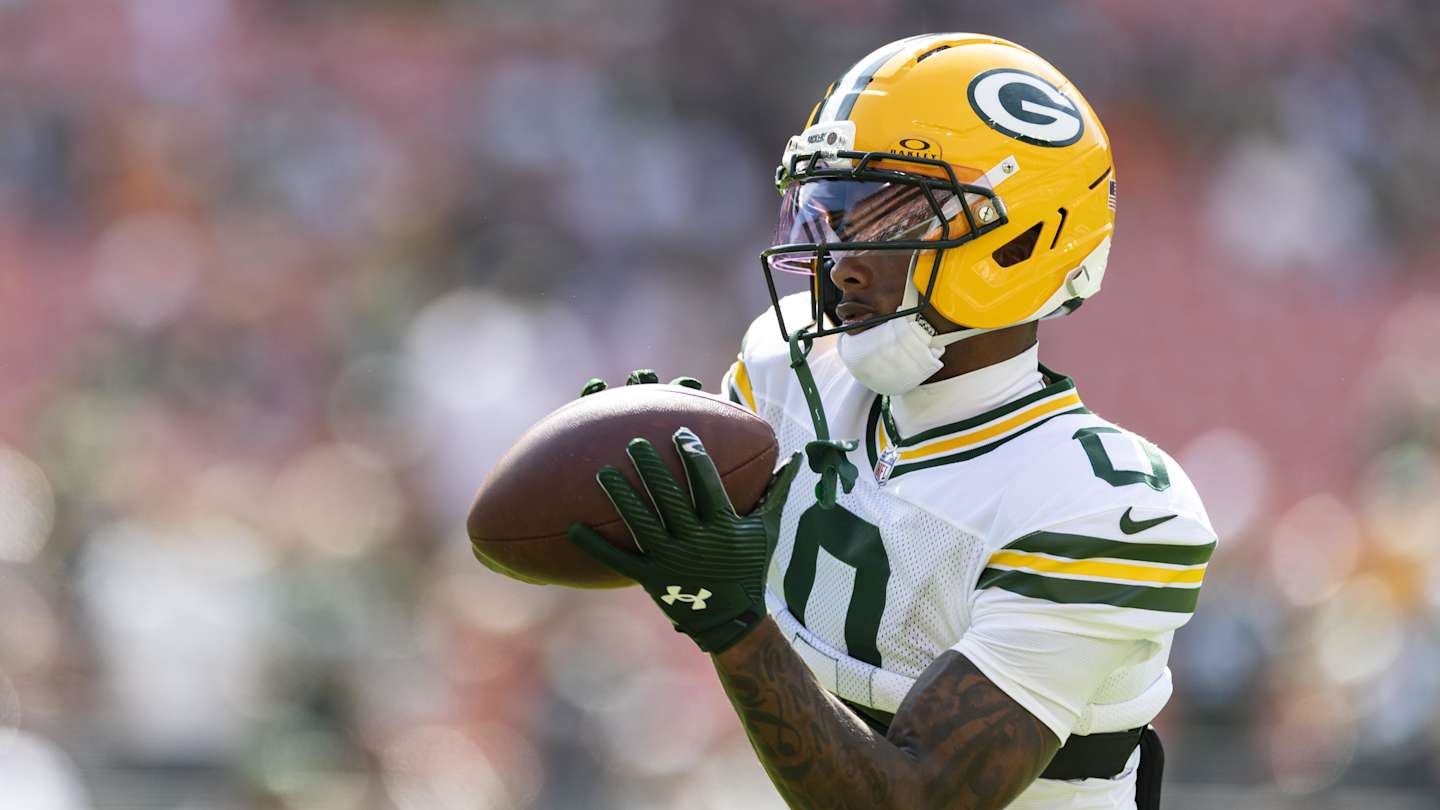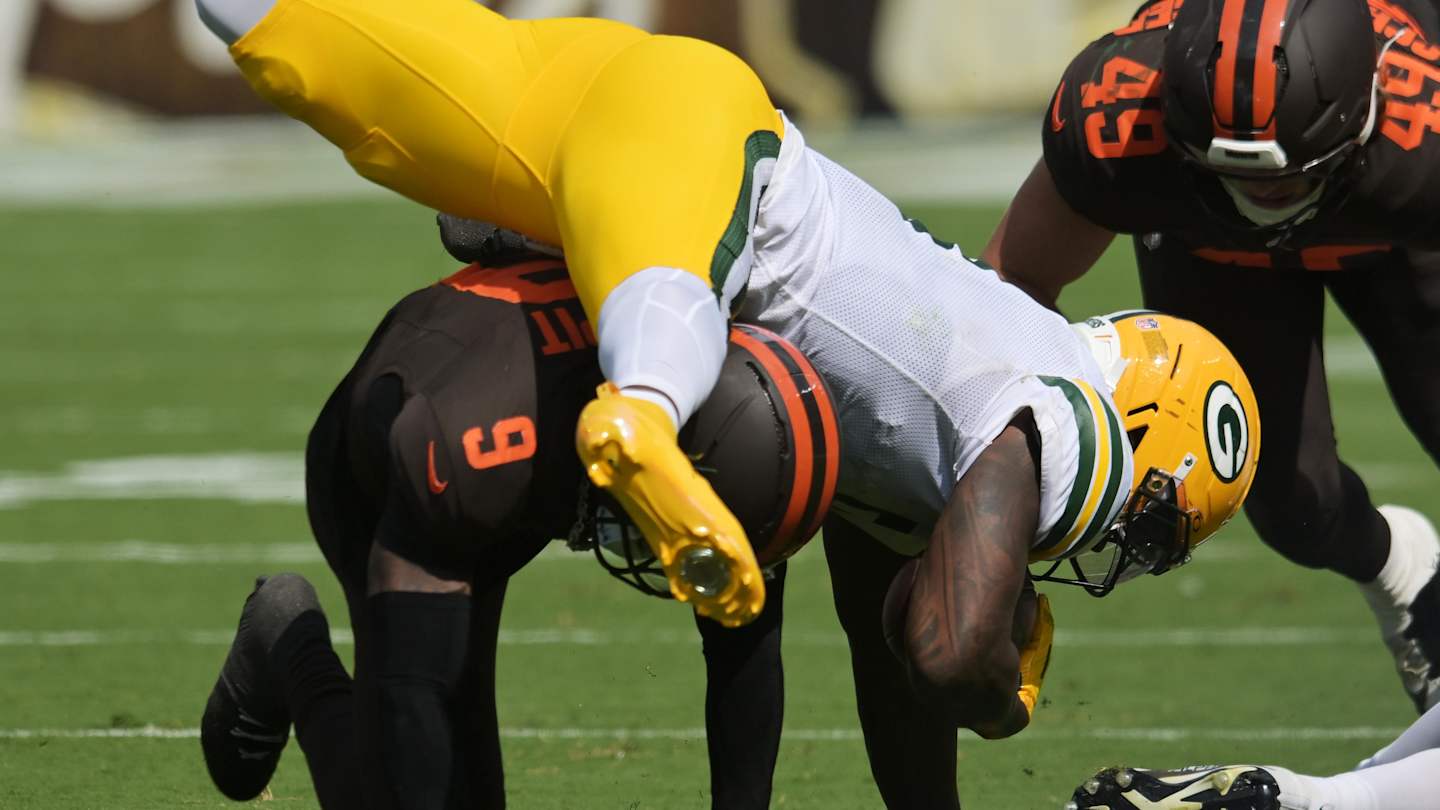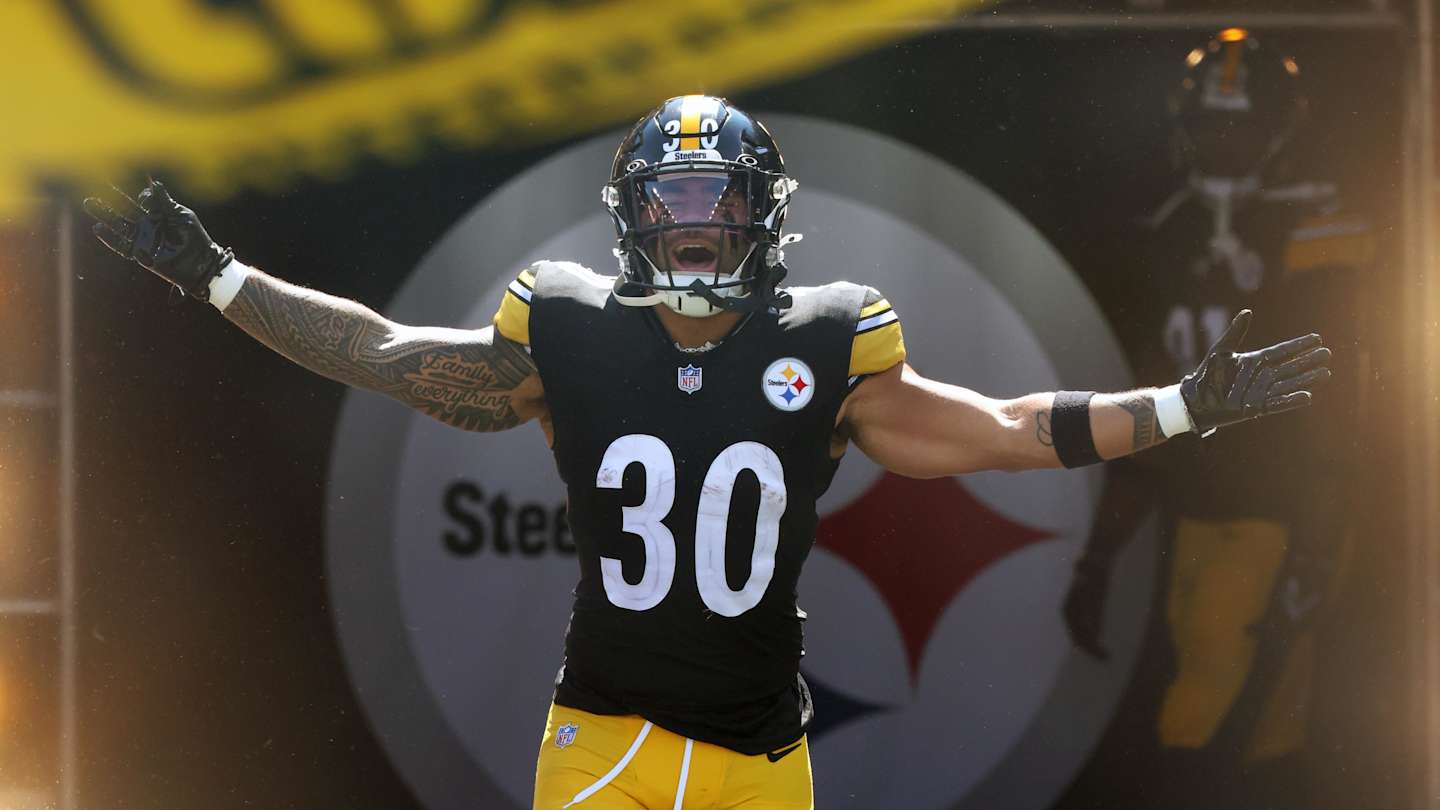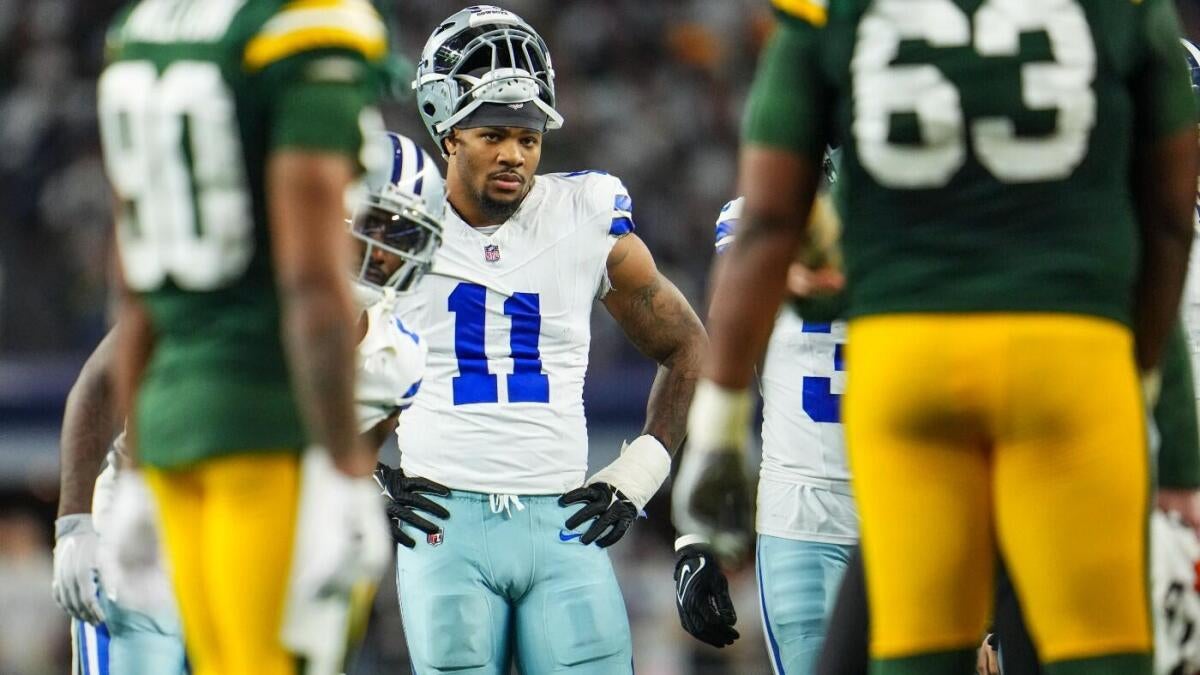
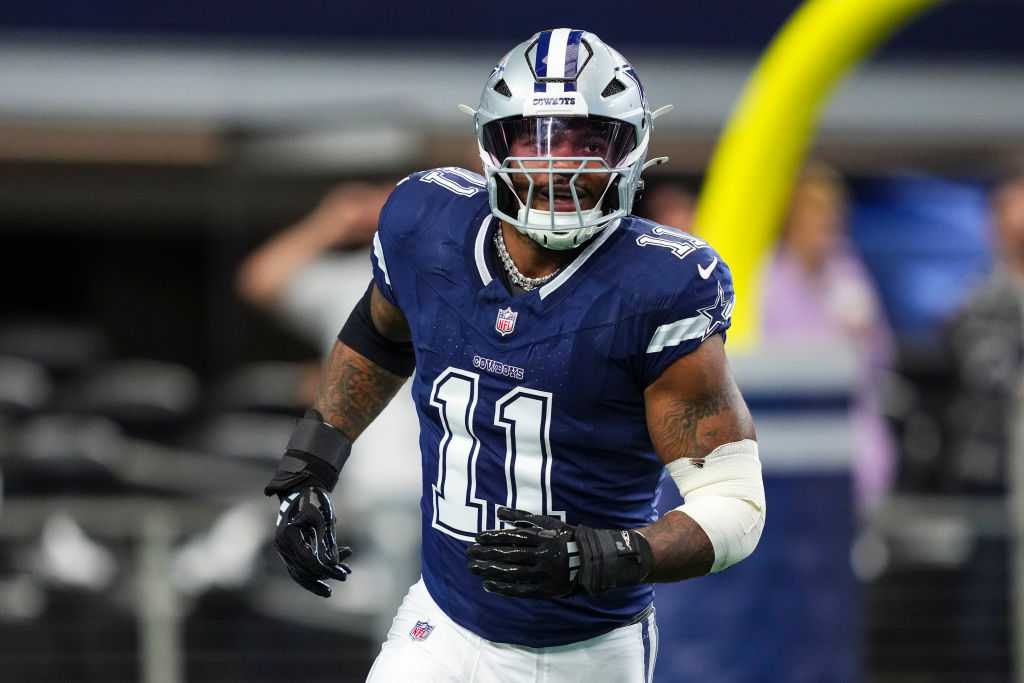
In a move that sent shockwaves across the NFL, the Green Bay Packers orchestrated one of the most surprising trades in recent memory on Thursday, acquiring star defender Micah Parsons from the Dallas Cowboys. While the talent acquisition is undeniable, the accompanying contract has ignited a fervent debate: can a team truly win a Super Bowl with such a monumental investment in a non-quarterback?
Parsons’ new deal is a record-setting four-year, $188 million contract, averaging an astounding $47 million per year. This figure eclipses the previous non-quarterback record by a significant $6 million, surpassing T.J. Watt’s $41 million per year deal signed in July. To put Parsons’ new salary into stark perspective, he now earns more annually than even Patrick Mahomes, whose contract averages $45 million per year.
The High Cost of Elite Talent: A Risky Proposition?
While Parsons’ exceptional talent undeniably warrants a substantial payday, history suggests that such massive investments in non-quarterbacks rarely translate directly to Super Bowl success. The NFL’s landscape is littered with teams that have poured significant resources into elite defensive or offensive playmakers, only to fall short of the ultimate prize.
Consider the top 10 highest-paid non-quarterbacks in the league, including Parsons:
| Player | Team | Average Annual Value |
|---|---|---|
| Micah Parsons (EDGE) | Packers | $47 million |
| T.J. Watt (EDGE) | Steelers | $41 million |
| Ja’Marr Chase (WR) | Bengals | $40.25 million |
| Myles Garrett (EDGE) | Browns | $40 million |
| Danielle Hunter (EDGE) | Texans | $35.6 million |
| Maxx Crosby (EDGE) | Raiders | $35.5 million |
| Justin Jefferson (WR) | Vikings | $35 million |
| CeeDee Lamb (WR) | Cowboys | $34 million |
| Nick Bosa (EDGE) | 49ers | $34 million |
| DK Metcalf (WR) | Steelers | $33 million |
Remarkably, none of these ten highly compensated non-quarterbacks have ever hoisted the Lombardi Trophy. Furthermore, only two — Ja’Marr Chase and Nick Bosa — have even reached a Super Bowl. This statistic raises profound questions about the optimal strategy for roster construction in the modern NFL.
Immediate Impact vs. Long-Term Sustainability
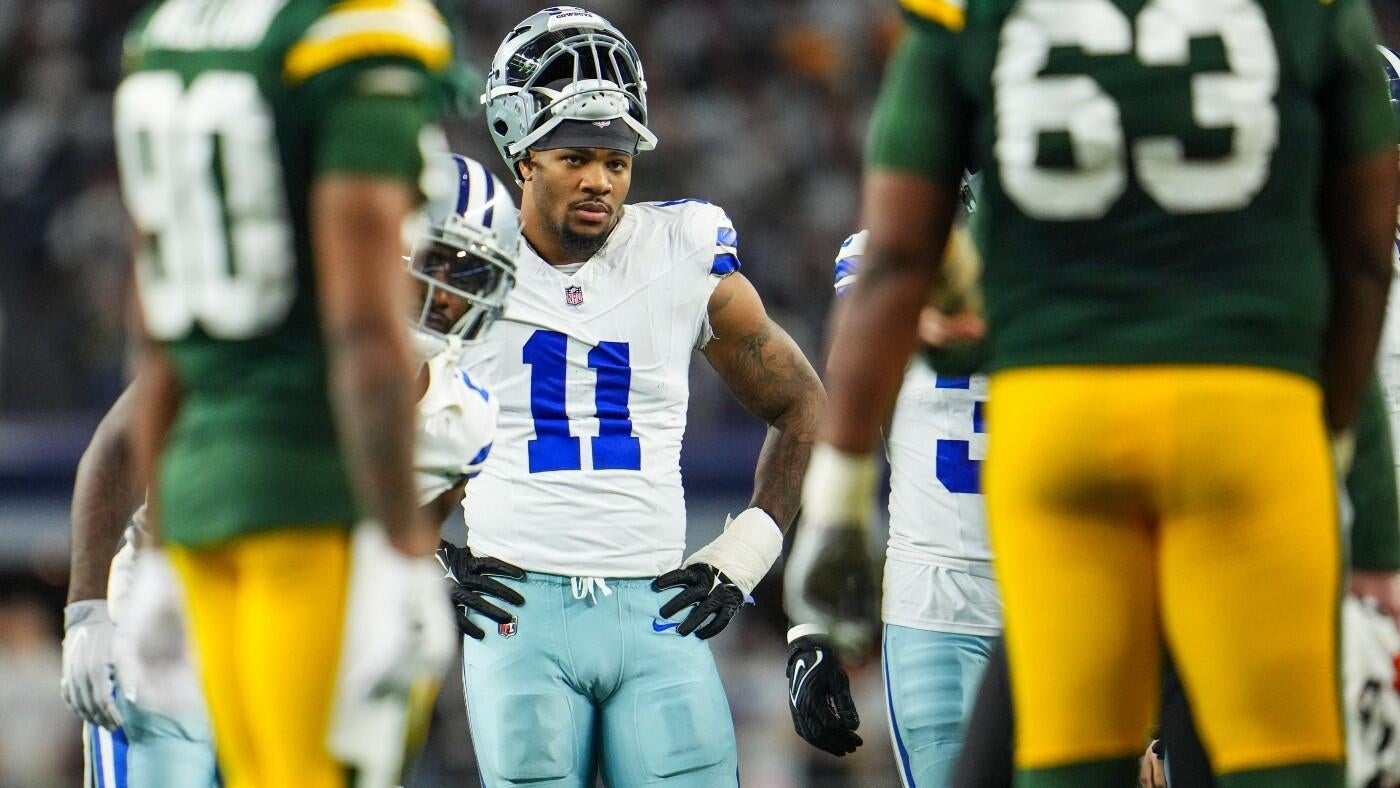
For the 2025 season, the Packers are undoubtedly a stronger team. Their existing cap-friendly roster, bolstered by Parsons’ elite presence, positions them as legitimate Super Bowl contenders. However, the long-term implications of this massive financial commitment are a significant concern. With the salary cap set at $279.2 million for 2025, and projected to rise, $47 million for a single player is a substantial chunk of change.
As one observer highlighted:
“The Vikings are paying a total of $48M for Jonathan Greenard, Andrew Van Ginkel, Jonathan Allen, and Javon Hargrave this season (2025 cap numbers). The Packers are paying Micah Parsons $47M APY.”
— vikesinsider (@vikesinsider) August 28, 2025
This comparison underscores the immense opportunity cost associated with Parsons’ deal. The Packers now face potential cap flexibility issues down the road, particularly with quarterback Jordan Love also commanding a significant salary at $55 million per year. Love’s $75 million cap hit in 2028, for instance, will require careful management.
The Quarterback Conundrum and Draft Capital
Adding another layer of complexity, Jordan Love is among the 10 highest-paid quarterbacks in the NFL for 2025. Similar to the non-quarterback trend, none of the quarterbacks on this list have yet won a Super Bowl. Only Joe Burrow and Brock Purdy have reached the big game, both achieving it on their rookie contracts, which offered crucial cap relief for their respective teams.
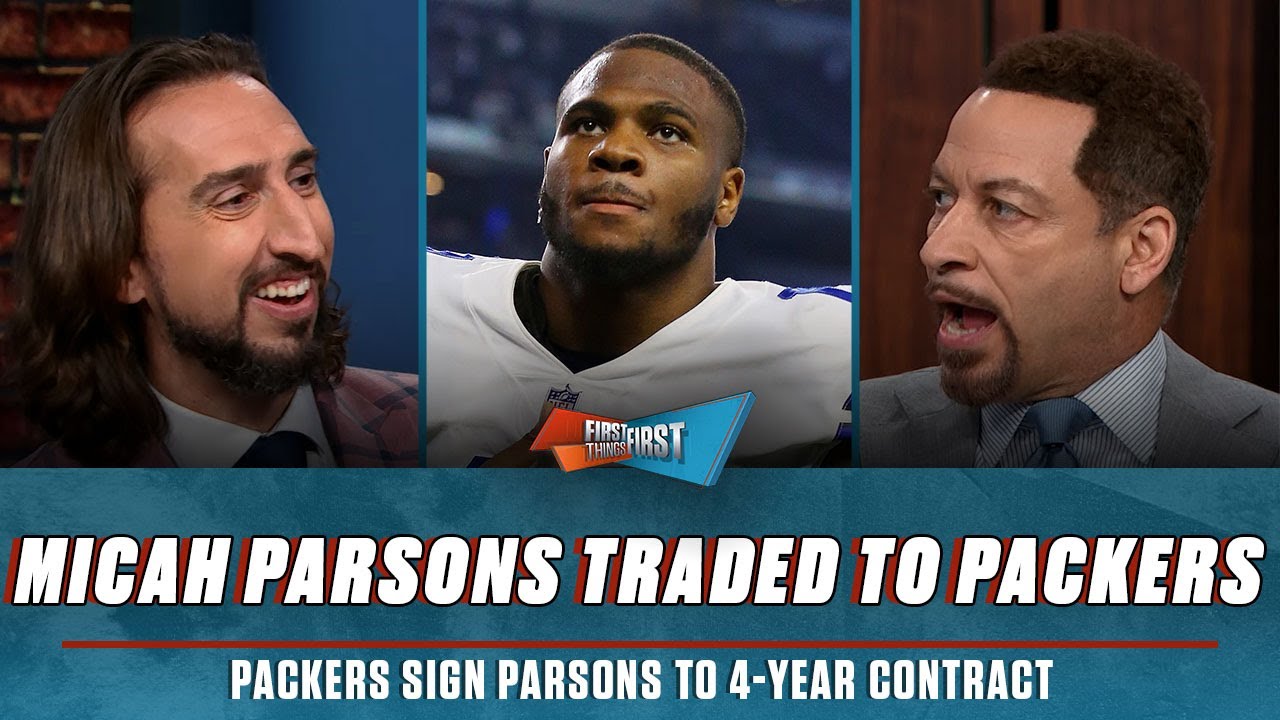
Furthermore, the Packers surrendered two first-round picks to acquire Parsons. This means they will lack the crucial ability to cheaply fill roster holes through the draft for the next two years. Historically, trading two first-round picks for a non-quarterback has rarely yielded a Super Bowl. Parsons is the 11th non-quarterback in the past 40 years to command such a price, and only one of the previous ten teams (the Rams with Jalen Ramsey in 2019, leading to a Super Bowl win in 2021) ultimately won a championship.
The $100 Million Duo: A New Frontier
The combined salaries of Jordan Love and Micah Parsons now total an unprecedented $102 million per year, making them the first duo in NFL history to cross the $100 million threshold. This places immense pressure on both players to deliver at an elite level.
Here’s a look at the top quarterback/non-quarterback duos by combined average annual value:
| Players | Team | Combined Average Annual Value |
|---|---|---|
| Jordan Love / Micah Parsons | Packers | $102 million |
| Joe Burrow / Ja’Marr Chase | Bengals | $95.25 million | Dak Prescott / CeeDee Lamb | Cowboys | $94 million |
| Brock Purdy / Nick Bosa | 49ers | $87 million |
| Deshaun Watson / Myles Garrett | Browns | $86 million |
| Tua Tagovailoa / Tyreek Hill | Dolphins | $83.1 million |
| Trevor Lawrence / Josh Hines-Allen | Jaguars | $83.25 million |
| Jared Goff / Amon-Ra St. Brown | Lions | $83 million |
| Jalen Hurts / A.J. Brown | Eagles | $83 million |
| Justin Herbert / Rashawn Slater | Chargers | $81 million |
Notably absent from this list are the Kansas City Chiefs, a testament to Patrick Mahomes’ willingness to play on a team-friendly deal, allowing the franchise to build a formidable roster around him. The lone duo on this list to have won a Super Bowl is the Philadelphia Eagles (Jalen Hurts/A.J. Brown), who have mastered the intricacies of salary cap management through early extensions, void years, and strategic restructures. They also benefited from hitting on high draft picks, a luxury the Packers will not have in the coming years.
The Verdict: A High-Stakes Wager
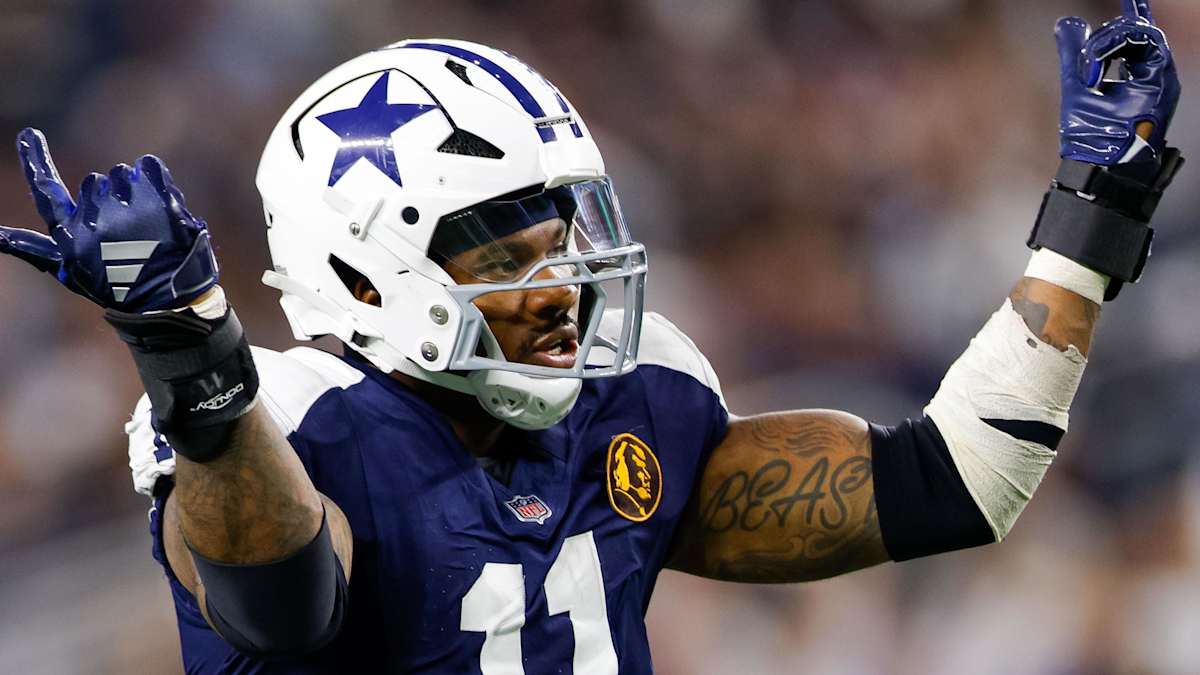
From a pure talent perspective, acquiring Micah Parsons is a no-brainer for the Green Bay Packers. He is a generational talent who instantly elevates their defense. However, the financial commitment and the forfeiture of valuable draft capital transform this into a high-stakes gamble. History suggests that such moves rarely culminate in Super Bowl glory.
The Packers are defying conventional wisdom by tying up such a significant portion of their cap in two players and sacrificing future draft flexibility. While the immediate future looks promising, the ultimate success of this bold maneuver will hinge on their ability to navigate the complex world of salary cap management and the sustained elite performance of their two highest-paid stars. Only time will tell if Green Bay’s audacious bet on Micah Parsons will lead them to the promised land.
For more insights on NFL player contracts and their impact on team building, you can refer to Spotrac’s NFL Cap Hit Rankings.

